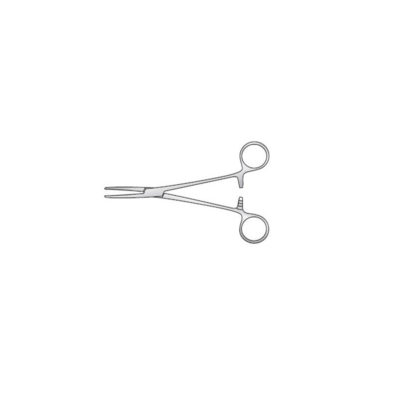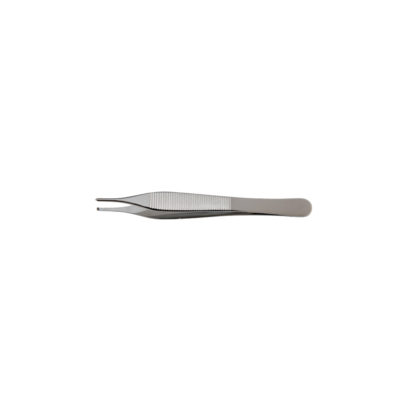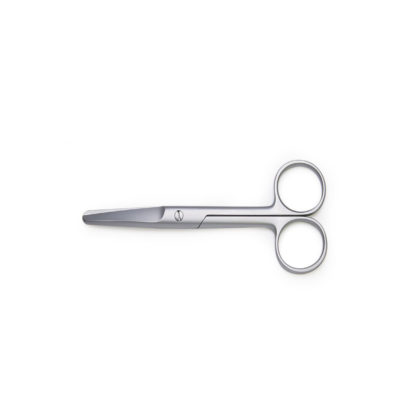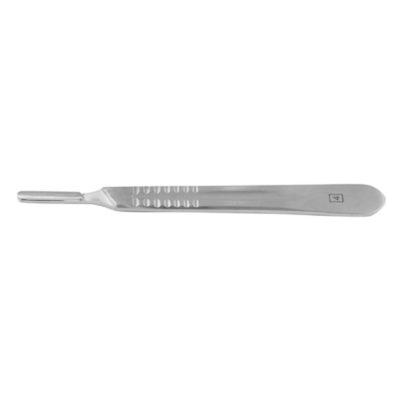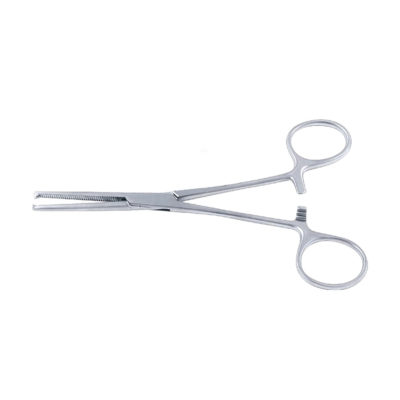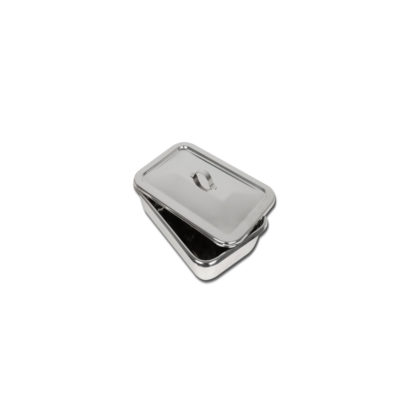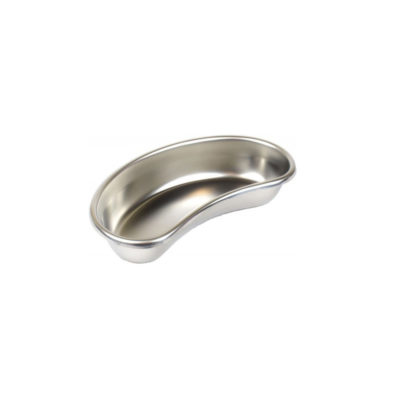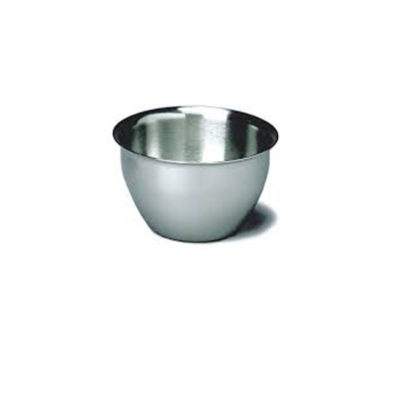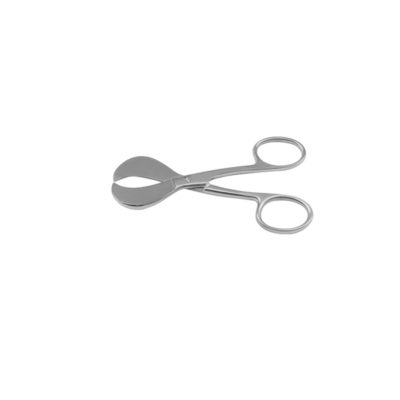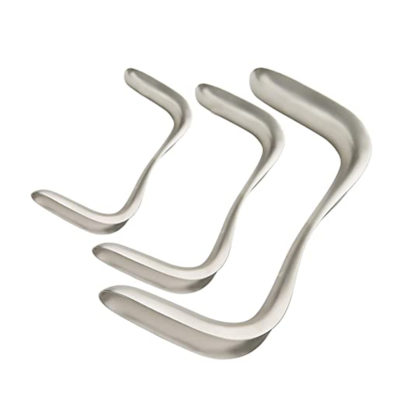Gynecology and Delivery Set
The Most Common Instruments Used For Normal Delivery?
What is meant by Normal Delivery?
A “normal birth” begins naturally and does not require medical or technological treatment. Therefore, deliveries requiring induction, acceleration, medical pain medicine (including epidurals), forceps, ventouse, a Caesarean, or an episiotomy would not fall under this criteria and Normal delivery is defined as giving birth vaginally without the aid of a doctor. A vaginal birth is another name for it. Every delivery is different, and each mother’s experience may vary. There are many phases of a typical vaginal birth, including:
Normal Delivery Instruments Set Name and Image
JALAL Surgical Prefer Following Instruments for Normal Delivery:
Artery forceps
Artery forceps can be employed to manage blood vessels’ bleeding through clamping of the blood vessel. They come with a locking mechanism high up on the forks that helps keep them to the ground during surgical procedures. Artery forceps can limit blood vessel hemorrhage. A procedure called hemostasis. They have a locking mechanism on the top of the forceps to keep them in place while being used for operations.
Adson Dissecting forceps.
Dissecting forceps can be used to manage tissue and other materials and manipulate needles and other instruments when performing. While performing surgery, dissecting forceps are used to handle tissues and other materials and control needles and other devices.
Sponge Holding forceps.
Plastic forceps for sponges can be used to grip and hold sponges and swabs throughout surgery and exams. Forceps for sponges enable surgeons and doctors to position and hold dressings securely in the right place. During surgeries and exams, plastic sponge forceps hold and grasp sponges and swabs. Using sponge forceps, surgeons and medical professionals may easily apply and keep bandages in place.
Mayo Scissors.
Your healthcare practitioner will use surgical scissors or a scalpel to create the episiotomy incision during the second stage of labor (the pushing stage) when your baby’s head is stretching your vaginal opening. The placenta comes after your baby is delivered by your medical professional. They will look for any more tears in the incision.
BP Handle No. 4
This reusable flat handle is designed to be used with surgical blades of various sizes and shapes. The safety handle has a protective sheath and is intended to be used with a normal blade to reduce the risk to the surgeon and assistant when passing instruments. Scalpel blade handles in size #4 are made to accommodate a variety of scalpel blade diameters. The size #23 blades that fit on a size #4 scalpel handle are frequently used by podiatrists. Scalpel blades in the following sizes are compatible: No. 18, 19, 20, 21, 22, 22A, 24, 25, 25A, 26, 27, and 36.
Kocher Ochsner Forceps 18
Sometimes used to control bleeding by holding massive blood arteries or grabbing hefty tissue. It can be applied to the thyroid, gallbladder, or intestinal operations. The hemostat’s ratcheted locking mechanism regulates jaw pressure. Hemostats such And Ochsner Forceps are used for squeezing-off blood arteries to stop bleeding during operations like orthopedic surgery. These forceps contain 1×2 teeth on the tip of the serrated jaws to constrict vessels or grip tissue.
Instrument Tray
Trays for instruments protect medical instruments in a variety of ways. They can hold instruments while sterilizing in an autoclave, protecting them from damage. Trays help transport medical equipment from one place to the next. They support instruments while being sterilized in an autoclave, shielding them from harm. The trays come in handy for moving medical equipment from one place to another.
Kidney Dish
The kidney tray can be described as a kidney-shaped basin commonly used during surgical procedures to transport dressings, bandages, small instruments, soiled dressings, and various other waste from medical procedures. It can be positioned comfortably near the patient’s body due to its shape. For conveying dressing, bandages, small tools, soiled dressing, and other medical waste during surgical procedures, surgeons frequently utilize kidney trays, which are shallow basins fashioned like kidneys. Its form makes it comfortable to hold near to a patient’s body.
Iodine Cup
Several spent sponges and gauze are held and managed during treatment using the Grafco Iodine Cup. Serving as the authorized container for sterile fluid storage during a procedure until it is appropriately disposed of. The Grafco Cup manages and holds small amounts of gauze and sponges used during surgery. The Iodine Cup is the designated location for storing sterile fluids to be used during the procedure until it is properly removed.
Auvard Vaginal Speculum
Auvard Vaginal Speculum is a one-ended instrument designed to keep the vaginal canal clear and allow the surgeon’s hands-free to perform OB/GYN surgeries such as vaginal hysterectomy as well as dilation and curettage. It has an elongated half-tube bent at an angle that is right-angled and a spherical-shaped weight placed on the handle.
Umbilical Cord Scissor
Umbilical scissors are specifically designed to slice the umbilical cord following birth. They are usually hand-held, manual instruments with two very thin blades with broad, rounded, blunt tips that slide over one another (i.e., shearing action). They are made of stainless steel. They have distinct large, curved blades to cut into umbilical cords efficiently. They can be employed without clamping the umbilical cord because the curvature of the blades keeps the cord in the right position.
Sims Vaginal Spatula
Sims vaginal speculum is the name of a surgical instrument that has two blades that are used to examine the vagina and the cervix. It was invented by J. Marion Sims out of a pewter spoon. However, these days it is constructed from stainless steel and plastic. Cold soak solutions containing glutaraldehyde solutions of 2% can be used to sterilize the instruments. The specula should be completely submerged. Follow the manufacturer’s guidelines for times to sterilize. Soak and thoroughly rinse in two separate, sterile deionized water bathtubs.




